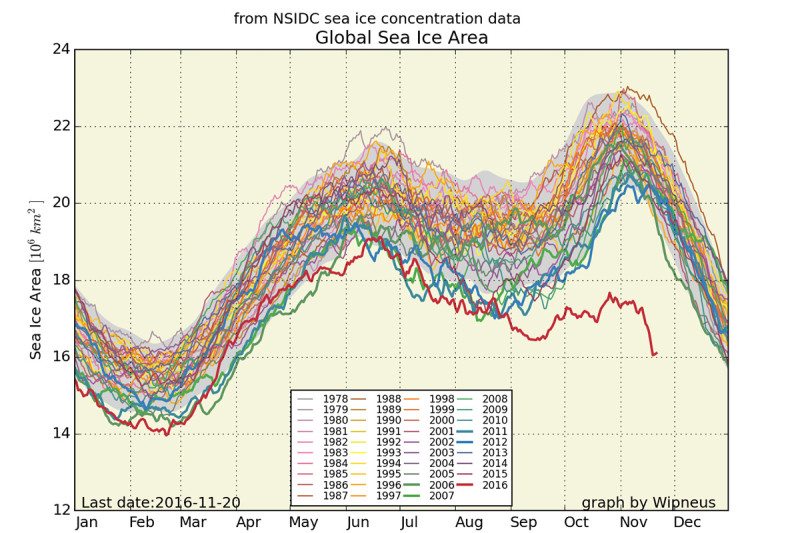Some people are saying this document is:
I’ve decided to host this document. So that other people can’t change what it contains. It could have been written by anyone, for anyone. But it wasn’t written by just anyone, for anyone. Have a read of it if you want. But don’t pay too much attention to what it says.
Firstly, look at who it was written for. It was written for the ‘GWPF‘. Which is an acronym for the “Global Warming Policy Foundation“. That might sound innocent. But it is just a name. And who registered that website? Someone called Benny Peiser registered it.
And how do I know that it was written for the GWPF? When the GWPF isn’t even mentioned anywhere in the entire article?
And neither are any other authors for that matter? How do I know?
Well, just look at the pdf document properties. And you will see this as the original title: “Microsoft Word – climate models for GWPF.docx”
And yet the filename, upon pdf export, was later changed to simply “climate-models.pdf“. Wow. Are people really that dumb? That they’d forget to delete the “for GWPF” part?
And here are some quotes from wikipedia about Benny Peiser:
“As an outspoken climate change sceptic, Peiser became director of the newly established UK lobbying group Global Warming Policy Foundation in 2009. He serves as co-editor of the journal, Energy & Environment and is a regular contributor to Canada’s National Post.”
“The GWPF, headquartered in a room rented from the Institute of Materials, Minerals and Mining,[27] was created in part in response to the 2009 Climatic Research Unit email controversy, a series of emails from the University of East Anglia (UEA).”
And here is the info on the board of GWPF trustees:
http://www.thegwpf.org/who-we-are/board-of-trustees/
Go on, have a look at that link. And have a look at the front page while you’re at it.
Do you notice something? They all have titles like ‘lord’, ‘sir’ and ‘baroness’. In other words, entitled people who do not wish to change their lifestyle. Which is fine. But you cannot tell me that an article that was written specifically for them is unbiased.
Here is what the climate change debate is really all about:
a) Whether you think humans are impacting our environment (most certainly we do) and
b) Whether we as individuals are prepared to accept and take some responsibility for our actions and change our lifestyles accordingly. (unfortunately, many people are not at all prepared to give anything up for anybody)
Now I don’t have anything against ‘lords’, ‘sirs’ and ‘baronesses’. Except somehow I doubt they are willing to change their current lifestyles. Because I am willing to bet that they are rather ‘cushy’. And hence, they sit squarely on the denialist side of the fence.
Any “climate” org that talks so much about “the billion dollar cost of the climate change act”, like here:
www.thegwpf.org/content/uploads/2016/12/CCACost-Dec16.pdf
Is not a real org. They are a business funding the org.
Scientists never mention money in their publications about climate change. Or anything else for that matter. Money does change whether the planet is heating or not. It is completely irrelevant to the facts.
So, no. No I don’t want to read that article. Because the conclusions are already foredrawn. ;-)

